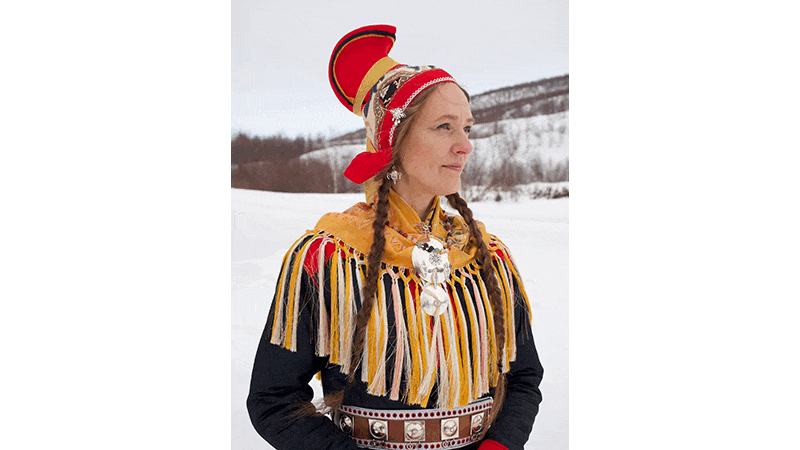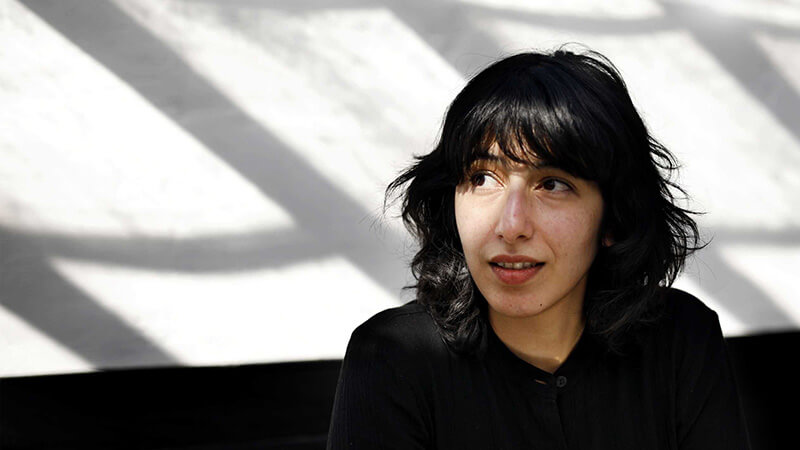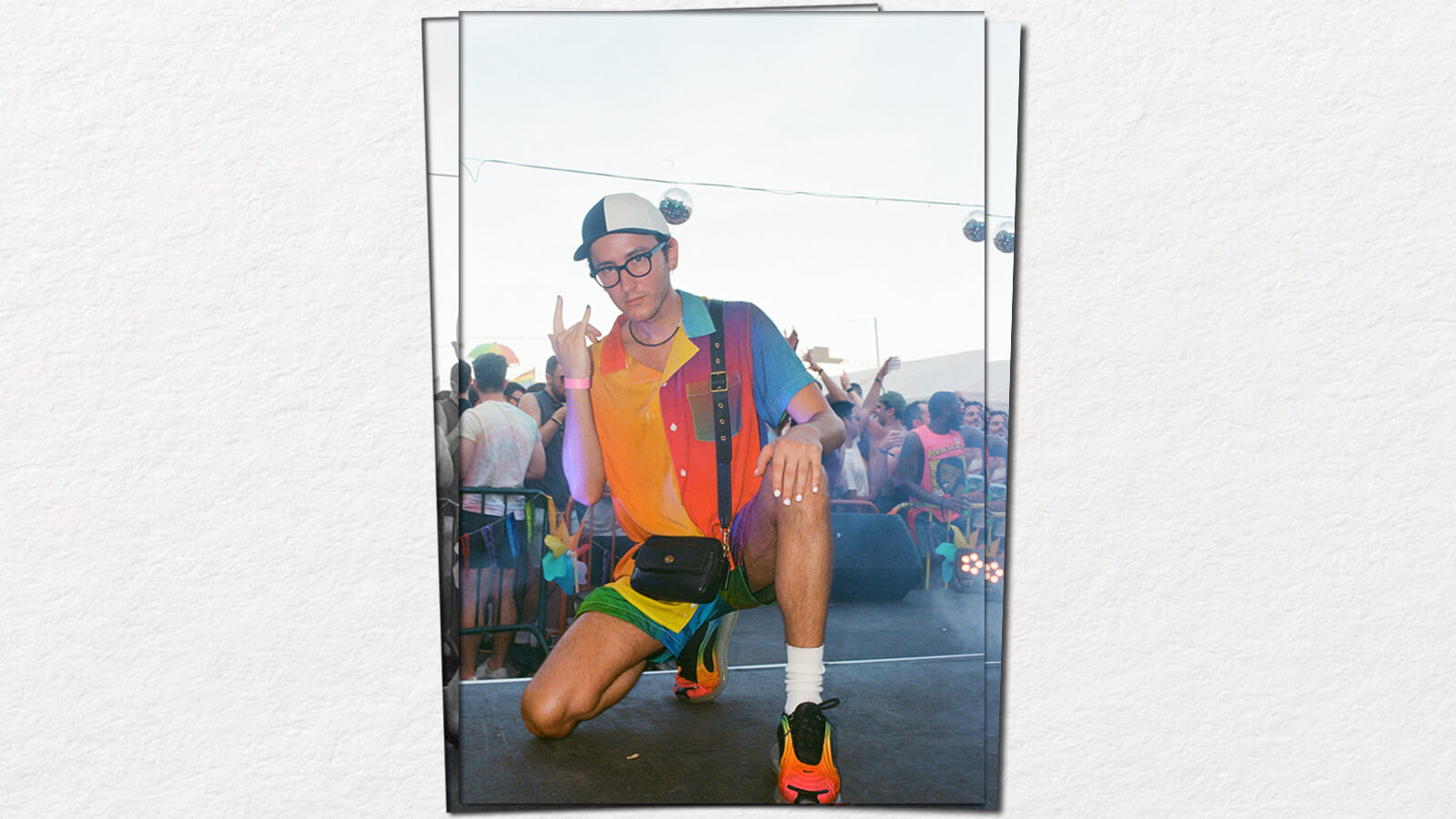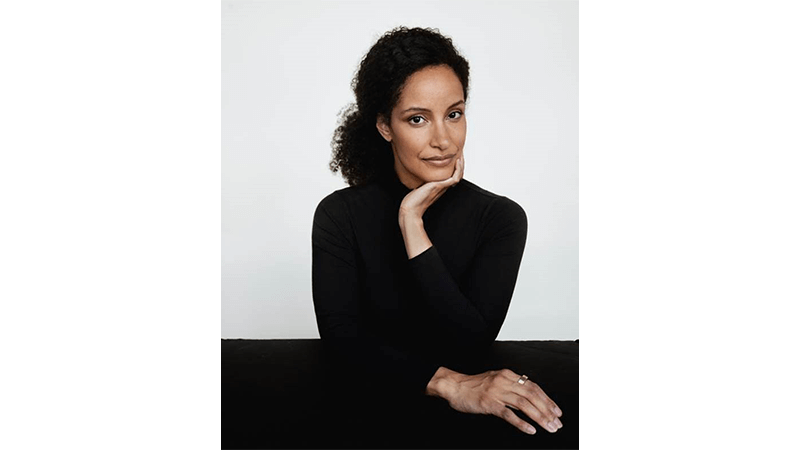Outi Pieski On The “Radical Softness” Of Creating Art Rooted In Sámi Tradition
“I call my artist practice a kind of radical softness. For Sámi people in this colonial history… it’s so radical to be connected with other Sámi and give time for healing and relearning things from the ancestors. We need both hard activism, but also this soft activism to build a better future,” says Outi Pieski, a visual artist known for her powerful landscape paintings and large-scale textile installations.

Her work explores the spiritual relationship between humans and the natural environment and is steeped in the ancient traditions of the Sámi people. She lives and works in the heart of Sápmi – a region that covers parts of northern Norway, Sweden, Finland and Russia. Pieski (who introduces herself with her Sámi name, Čiske-Jovsset Biret Hánsa Outi) has just opened her first-ever exhibition in the UK at the Tate St Ives in Cornwall, following a residency at nearby Porthmeor Studios.
More From Service95
Her pieces encourage reflections on topics from Indigenous rights and the loss of Sámi culture through Scandinavian colonialism, to the plundering of the natural world and violence against women – all of which she feels are entirely interlinked. “Sámi philosophy and spirituality comes from the land, which is the mother, and there are other female guardian spirits in the earth… I want to point out how these issues are connected and how we need to work with both – for example, when thinking about the climate crisis issues… gender justice issues are a key element in that, too.”
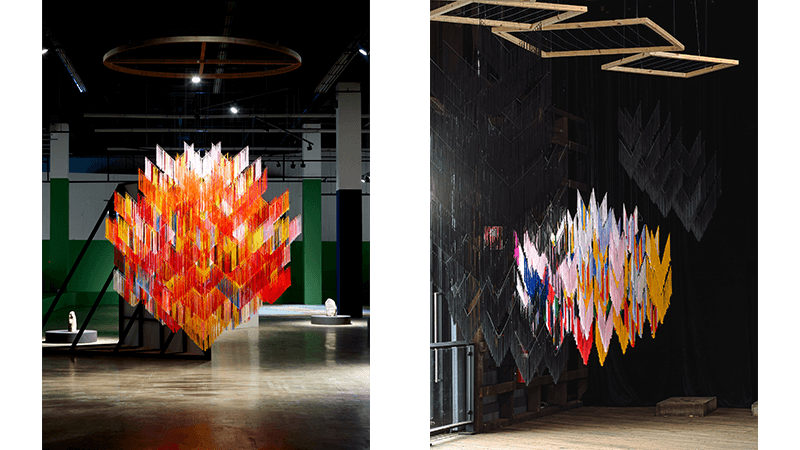
Among Pieski’s most striking works on display at the Tate are her vibrantly coloured textile installations, including Beavvit-Rising Together (2019) and Guržot Ja Guovssat/Spell On You! (2020). She describes them as “three-dimensional paintings that are falling from the paint frames,” adding that she set out to “create this kind of bodily experience where you can enter into work”.
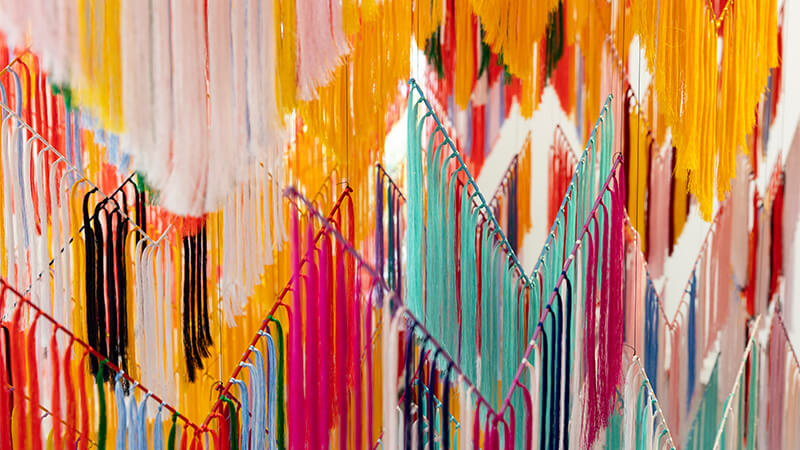
The pieces were created in collaboration with other Sámi women using the traditional duodji practice of crafting. She says of the act of tying the knots for each tassel: “When you are repeating this very simple act… you do it by kind of praying with your hands. And when you do it together, it’s like this collective connection, creativity and expression. So opposite to the Western way of thinking, [an] individualistic way of creation.”
The exhibition concludes with an entire room dedicated to the ládjogahpir – a ‘horned’ red hat traditionally worn by Sámi women. Originally a symbol of female power, the ládjogahpir was demonised by Scandinavian colonisers, who branded it as sinful. Artists including Pieski are now reclaiming the wearing of the hat as an act of Sámi resistance, but also reviving the ancient crafting techniques used to make it. “It has become this symbol for colonial feminism,” she says. “It’s really popular with the Sámi youth wearing it. It’s a very powerful symbol.”
In this way, Pieski believes craftivism can be “a really important tool” in creating positive change. Above all, she sees her work as a service to her community. “My work, I made it for my people – and that is the most radical thing, I think.”
See Outi Pieski at Tate St Ives until 6 May 2024
Katie Teehan is Editorial Director of Service95
Image Credits: Outi Pieski © Teuri Haarla; Outi Pieski, Guržot Ja Guovssahat – Spell On You!, 2020. Installation view, 23rd Biennale of Sydney, rīvus, 2022. © Document Photography; Outi Pieski at Tate St Ives, 2024 © Tate photographed by Oliver Cowling; Outi Pieski, Rematriation Of A Ládjogahpir – Return To Máttaráhkká, 2019. Photo collage, in collaboration with Gáddjá Haarla Pieski © the artist; Installation view Tate St Ives, 2024 © Tate photographed by Oliver Cowling. Outi Pieski, Beavvit – Rising Together II, 2021, detail. Courtesy Minds Rising, Spirits Tuning, The 13th Gwangju Biennale. Photo Sang Tae Kim; Outi Pieski, Guržot ja guovssahat – Spell on You!, 2020. Installation view, 23rd Biennale of Sydney, rīvus, 2022. © Document Photography

